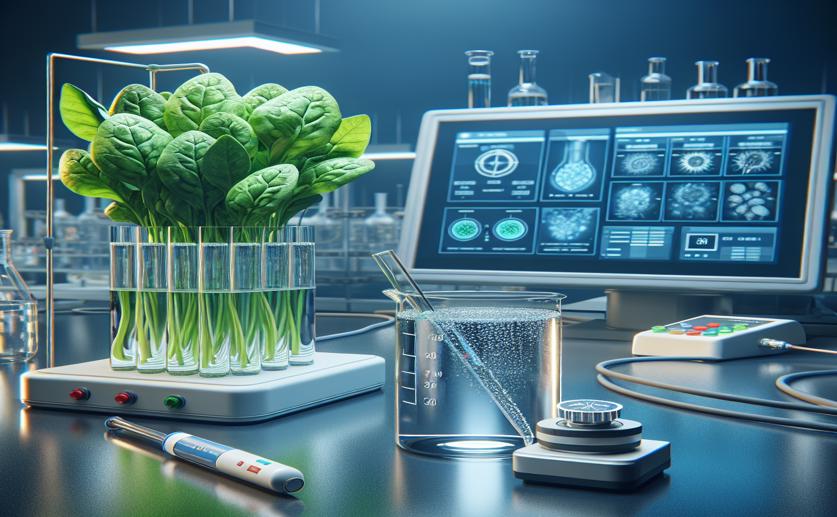
Testing Water and Spinach for Multiple Toxins Using Advanced Tech
David Palenski
25th January, 2024

Image Source: Natural Science News, 2024
References
Main Study
1) Capillary electrophoresis tandem mass spectrometry to determine multiclass cyanotoxins in reservoir water and spinach samples.
Published 22nd January, 2024
https://doi.org/10.1016/j.chroma.2024.464666



 19th January, 2024 | Jenn Hoskins
19th January, 2024 | Jenn Hoskins